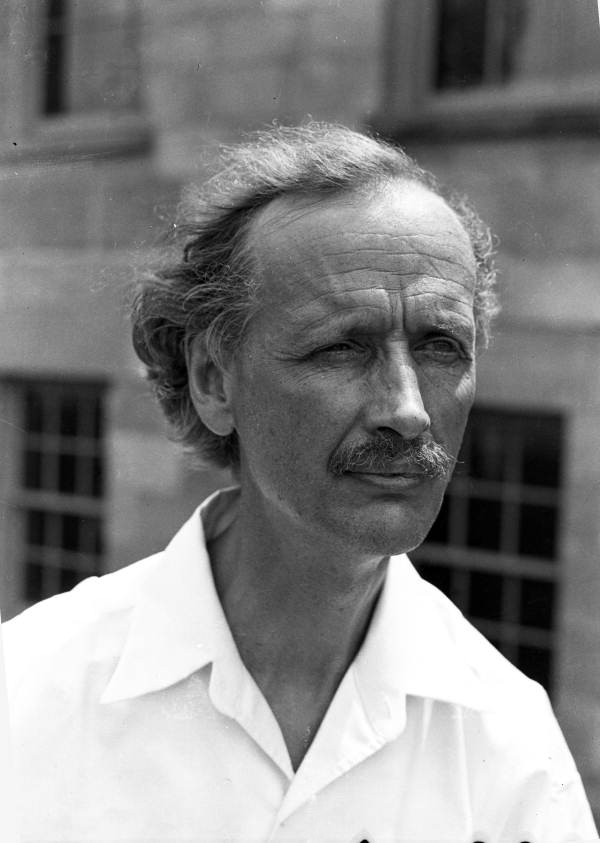Jean Felix Piccard and his identical twin brother Auguste (who in 1931 made the first stratospheric balloon flight in Europe) were born in Basle, Switzerland on January 28, 1884. Their father, Jules Piccard, was Head of the Department of Chemistry at the University of Basle. Jean Felix earned a Ph.D. in organic chemistry from the Swiss Institute of Technology in Zurich in 1909. He worked at the University of Munich from 1910 to 1914, then returned to Switzerland to teach at the University of Lausanne until 1916. After a year in the Swiss Army’s lighter-than-air service, he became an associate professor at the University of Chicago, Illinois in 1916. While there, Piccard met his wife and partner in research, Jeannette Ridlon (herself an identical twin) and they married in 1919. From 1919 to 1926, they both taught at the University of Lausanne, then returned to the United States. From 1926 until 1929, he taught organic chemistry at the Massachusetts Institute of Technology (MIT). Piccard became a naturalized U.S. citizen in 1931.
In 1913, while still in Switzerland, Jean Felix Piccard made his first balloon ascent, with his brother, Auguste. In 1933, he and Auguste designed the stratospheric gondola Century of Progress, built by Dow Chemical Corporation for the Chicago World’s Fair. Jean Felix led a research team on the first flight of the Century of Progress, conducting investigations of cosmic rays. On October 23, 1934, he and his wife Jeanette made the second ascent in the Century of Progress from Dearborn, Michigan, reaching an altitude of 57,979 feet. During that flight, they carried out further cosmic ray research and also tested a liquid oxygen system. As a result of his experiments, Piccard played an important role in the development of a liquid oxygen converter for use in balloons and high-flying aircraft.
In 1936, Dr. Piccard developed and launched the first plastic film balloon, which was the forerunner of all modern balloons. He also devised the first multiple balloons, and in 1937, made the first manned ascent in one, climbing to 11,000 feet using a cluster of 92 balloons attached to a metal gondola. Beginning in 1945, Piccard worked with balloon designer Otto Winzen to design a polyethylene high-altitude balloon that was only 1/1000 of an inch thick. Later he developed a frost-resistant window for high altitude balloon gondolas and aircraft and an electronic system for emptying ballast bags. He was also instrumental in the design of polyethylene high altitude balloons, which in the 1950s and 1960s permitted successful manned flights to altitudes in excess of 100,000 feet.
Jean Felix Piccard was a Professor of aeronautical engineering at the University of Minnesota from 1936 until his retirement in 1952. He died in Minneapolis, Minnesota, on January 28, 1963, his seventy-ninth birthday.

